When Ion Hazzikostas took the stage in Malmö this spring to reflect on 20 years of World of Warcraft, he delivered a polished, corporate-safe narrative that has become all too familiar. He spoke of “shared worlds,” “desire paths,” and the importance of “meeting players where they are.” He sprinkled in agreeable design platitudes about perception and balance, carefully weaving a story designed to flatter the current Blizzard leadership and appease the HR commissars who now preside over gaming’s creative temples. On the surface, his reflections sounded insightful, even magnanimous — the musings of a wise steward overseeing a beloved digital realm.
But beneath the stage lights and the scripted charm lay a truth too dangerous for Ion to utter. The real story of World of Warcraft’s decline — and WoW Classic’s unlikely resurrection — is not a tale of shifting player habits or evolving tastes. It is a story of cultural betrayal. It is a story of a company that systematically dismantled its original mythic vision, scorned its core audience, and replaced it with an ideological puppet show. The old Azeroth was a world forged for those who sought challenge, mastery, and brotherhood; the new Azeroth became a sterile parade float for corporate slogans and forced virtue.
The mass return to WoW Classic was not a sentimental nostalgia trip or a desperate longing for “vanilla mechanics.” It was a cultural revolt, a collective act of defiance against Blizzard’s ideological capture. Players did not change — they were exiled. The men who once stayed up all night chasing raid bosses and forging tribal bonds did not abandon the game; they were told they no longer belonged. Ion knows this. Blizzard knows this. But to say it out loud would be to indict themselves and confess the ultimate creative heresy: that heroic fantasy still matters, and that betraying it is the greatest sin a game designer can commit.
And to truly understand why, we must return to the original spirit that birthed Azeroth — a spirit forged in the fires of male heroic fantasy.
The Original Ethos: Male Heroic Fantasy
WoW’s original developers came of age in the 1980s and 1990s. They were sons of Tolkien, disciples of Gygax, the last generation to experience heroic fantasy untainted by today’s moral policing. They grew up with The Lord of the Rings as myth, not meme; they played D&D not to explore “identities” but to conquer dragons and forge brotherhood. There were no “gamer girls” demanding narrative center stage, no forced LGBT characters shoehorned into the lore to appease marketing checklists. They designed a game for a male audience unashamed of its desires: mastery, hierarchy, risk, and triumph.
The DEI Capture of Retail WoW
Retail WoW, over time, became the antithesis of this ethos. As Blizzard transformed into a corporate cathedral of DEI, the game’s design pivoted from fostering adventure to enforcing ideology. Suddenly, the player’s experience was no longer about heroism but about moral compliance. The male warrior archetype was ridiculed, the old school social hierarchies demonized. Players were openly told: “If you don’t like it, don’t play it.” And many listened. They left.
Blizzard’s New Ideology: From Azeroth to Overwatch
Retail WoW’s modern ideology no longer resembles a high fantasy tapestry. Instead, it mirrors the globalist superhero narrative you see in Overwatch and the latest Marvel films. Azeroth today feels more like the Epcot Center — a sterile, corporate-sponsored theme park of slogans and diversity exhibits — than a Tolkienesque medieval world of mythic adventure.
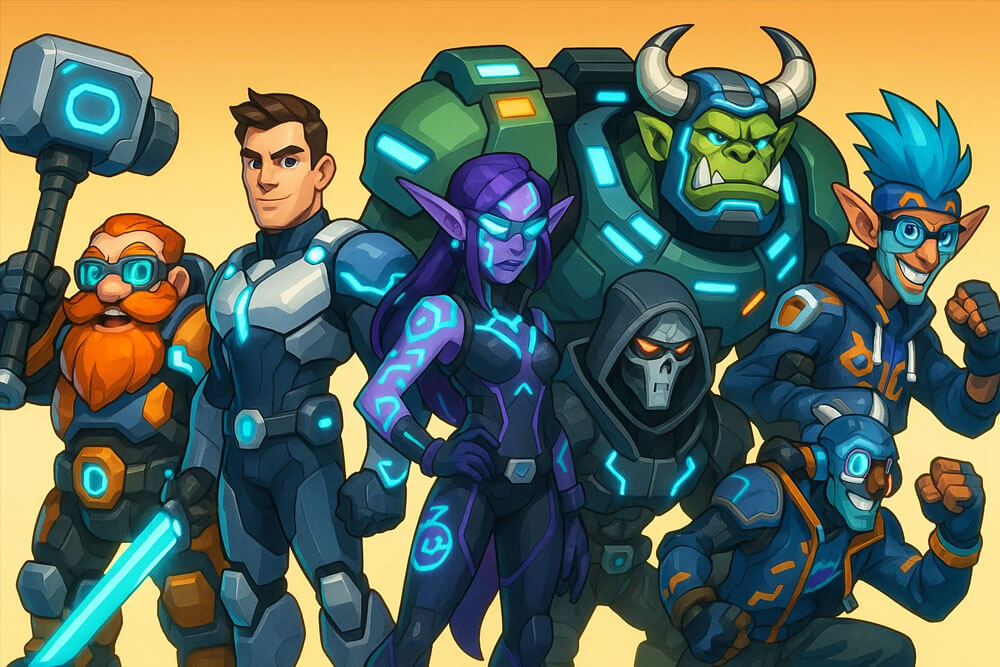
The new WoW is not about forging legends or building cultural heritage. It’s about lecturing players on “Stormic supremacy,” “tolerance,” and “acceptance” through heavy-handed in-game cinematics. Conflict is defanged, moral nuance erased, and every storyline becomes a bland morality play approved by HR departments and Twitter 1.0 mobs.
World of Wokecraft: Faerin Lothar, the Mary Sue and Magic Negro
Blizzard’s new cringe-inducing in-game cinematic featuring Faerin Lothar might be the most explicit example yet of their ideological capture. Faerin Lothar is presented as an “Arathi” — but not just any Arathi. She is an androgynous, one-armed, African-descended warrior with a carefully sculpted short tapered afro fade modern hairstyle and a polished English accent, designed to signal her moral purity and ideological correctness at a glance.
In narrative terms, she is a textbook Mary Sue: flawless, unchallenged, and inexplicably revered. The writers imbue her with instant credibility and leadership, despite her complete lack of earned status or mythic struggle — the hallmarks of true heroic storytelling.
Meanwhile, her mentor Danath Trollbane is recast as a Gandalf-like elder who exists solely to affirm her moral superiority and support her preordained rise. The cinematic dialogue leaves no doubt about the ideological sermon being preached.
Danath confesses:
“But pride in our legends foments stromic superiority and reasons to strike at our neighbors.”
Faerin responds:
“I understand. Among my people, some still distrust outsiders.”
She then presses:
“But I had thought your people…”
Danath concedes:
“Going to Khaz Algar was unpopular with our people.”
“But the sons of Lothar promote tolerance and mercy.”
This exchange is not fantasy storytelling — it is a modern morality lecture awkwardly draped in medieval cosplay. In Faerin Lothar, we see the final convergence of two cultural tropes: the Mary Sue and the Magic Negro. Rather than honoring heroic archetypes rooted in sacrifice, flaws, and hard-won mastery, Blizzard has conjured a cardboard cutout of moral perfection — a living sermon rather than a character.
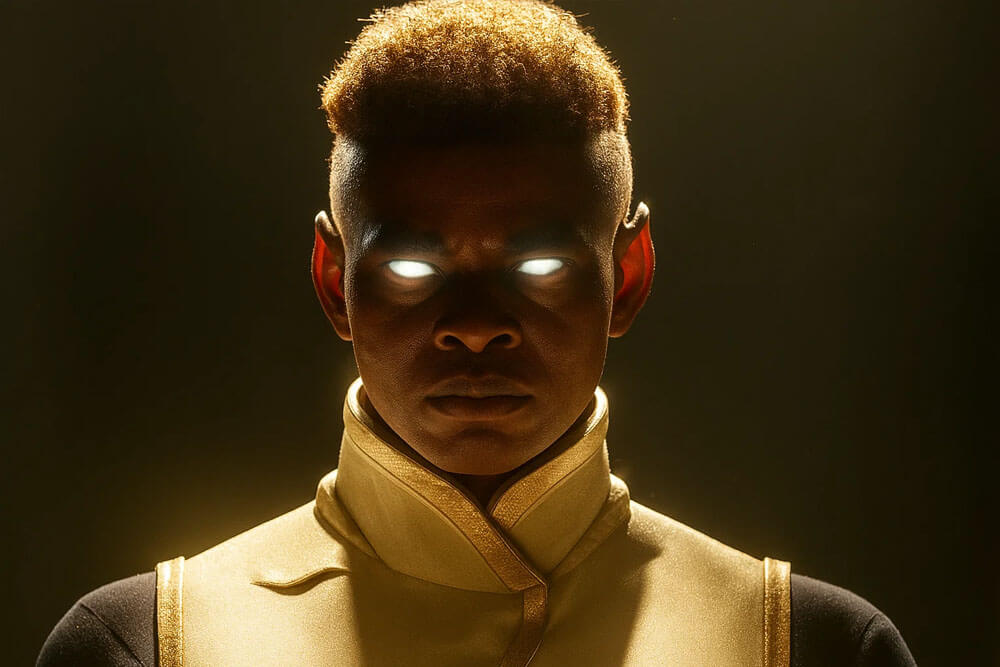
This is not mythic fantasy. This is ideological fan fiction masquerading as Warcraft. It’s no wonder players no longer recognize the world they once fought to defend.
Azeroth is no longer a place to become a hero; it is a stage for ideological performance. The shift is deliberate and unmistakable: from mythic adventure to corporate morality play.
In fact, the recent surge in black or “diverse” characters reflects an emerging pattern among modern game studios — particularly among female designers — who seem to harbor a kind of fetishistic obsession with inserting black characters into fantasy settings as moral avatars. This isn’t genuine representation born from narrative necessity; it’s a performative, self-congratulatory exercise designed to signal virtue to peers rather than serve the mythos of the world.
The Myth of “Meeting Players Where They Are”
In his Malmö talk, Ion repeats the corporate mantra of our age: “meeting players where they are.”
On its surface, it sounds empathetic — even noble. But in practice, it signals the death of mythic worlds and heroic challenge. It is the rallying cry of a design philosophy that no longer dares to lead or inspire. Instead of inviting players to rise to an ideal, it flattens everything to affirm the present self, however petty, fragmented, or ideologically molded that self might be.
But let’s test this mantra.
What if Blizzard in 2004 had “met players where they were”? Would they have increased the breast size of female characters to match the era’s fantasy art and the male gaze? Would they have doubled down on hyper-violent, gory combat to cater to the testosterone-driven energy of that time? Would they have expanded the game’s adult themes and dark medieval brutality instead of softening them?
Of course not. Because meeting players where they are only flows one way — downward, toward the moral preferences of the progressive managerial class.
This is not about truly listening to a demographic or reflecting authentic desires. It is about ideological conformity and corporate risk management. The only “players” Blizzard wants to meet today are those who already agree with its worldview — or can be molded into agreeing through narrative engineering and social pressure.
A mythic world does not “meet you where you are.” It stands apart, shines like a star in the darkness, and demands you grow toward it. The greatest fantasy worlds have always done this. They call you to transcend, to become, to dare.
Today’s Blizzard instead offers you a mirror and demands you applaud your own reflection.
WoW Classic as Cultural Revolt
WoW Classic’s resurgence was not merely a nostalgia trip. It was a cultural revolt. A sanctuary reclaimed. When WoW Classic launched, it offered players something they had been systematically denied: a world unfiltered by HR department memos and social media mobs. It resurrected a space where masculine virtues — competitiveness, loyalty, discipline — were celebrated, not pathologized. Where your worth was measured in skill and reputation, not in your alignment with an ever-shifting moral checklist.

That said, WoW Classic is far from perfect. Even there, Blizzard imposed ideological changes — such as replacing “Male” and “Female” character options with “Body 1” and “Body 2.” I have covered this disastrous mistake in previous articles. It was a cowardly capitulation to gender ideology that betrayed even the sanctuary of WoW Classic and proved Blizzard’s cultural capture runs deep.
The Min-Max Irony — And Sacred Boundaries
Ion is also right about the rise of “min-max” culture — but he conveniently forgets his own role in creating it. His guild, Elitist Jerks, helped pioneer modern theorycrafting, spreadsheets, and guide-driven optimization. They turned playing WoW into a science, often at the expense of immersion and organic play. While it is true that players naturally gravitate toward efficiency, at some point designers must stand firm and say NO. Some conventions and mechanics are sacred, such as the separation between Alliance and Horde. Destroying those pillars for short-term appeasement or convenience erodes the mythic foundation that made the game a cultural juggernaut in the first place.
The Smoking Gun: Ion’s 2020 Confession
Ion’s Malmö talk carefully sidesteps all of this. But his own words from a 2020 GamesBeat interview — in the wake of the George Floyd riots — provide the smoking gun. In that interview, Ion openly admitted Blizzard was actively purging and rewriting content to align with ideological dictates:
“We’re examining parts of our game world, items, quests, places, and characters that may not feel appropriate today, and removing or reworking them.”
“We’re committed to fostering a more inclusive and welcoming environment not just in the game but in the way we work.”
These are not the words of a creative steward defending a living fantasy world. These are the words of an executive performing a corporate loyalty ritual, signaling submission to the new cultural overlords. It is a confession of total ideological capture, a public acknowledgment that Blizzard was no longer serving the mythic imagination but enforcing real-world compliance.
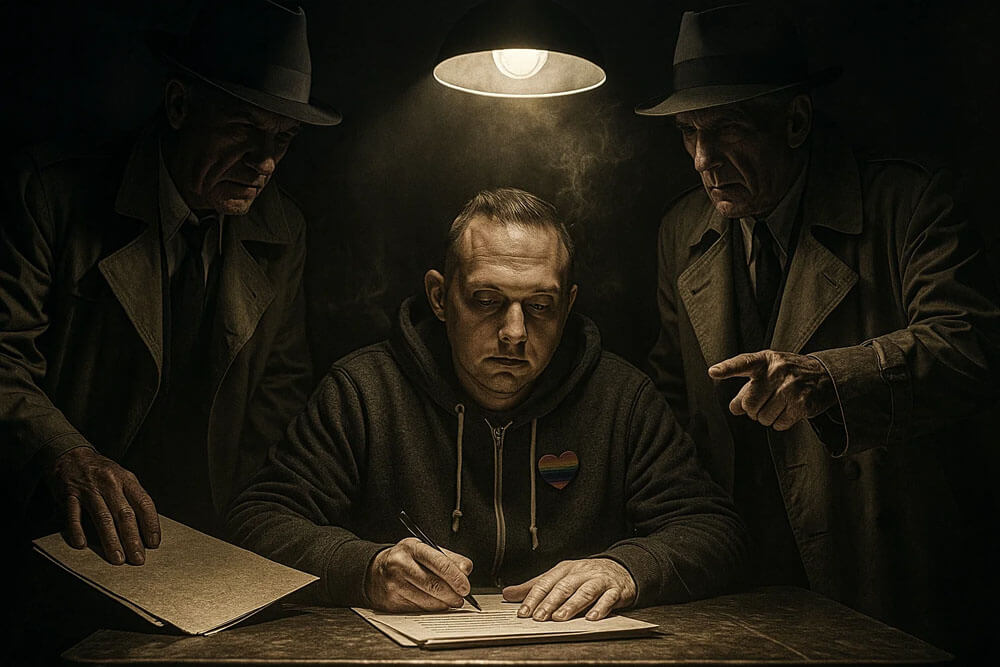
This admission torpedoes the narrative that “players changed.” Players did not spontaneously become sensitive, fragile creatures who demanded a sanitized Azeroth. Blizzard told them they were no longer wanted. Blizzard told them the old world was “inappropriate.” Blizzard told them the myths they cherished were now liabilities. The players only “changed” because they were orphaned, cast out, and replaced.
And what filled the vacuum when the men left? A new demographic: women, femboys, furries, and trans players who now dominate the cultural and social space of retail WoW. The warrior brotherhood was replaced with a patchwork of identity-based subcultures, each demanding affirmation rather than adventure. Instead of swords and shields, the new currency became social signaling and self-expression. The masculine soul of Azeroth was not merely abandoned; it was systematically dismantled and repainted to serve a different clientele entirely.
The False Myth of “Organic Evolution”
In Malmö, Ion Hazzikostas confessed that as game director, he had two choices: remain faithful to WoW’s original mythic, heroic vision or “evolve” it to suit the times. He chose the latter, presenting it as a humble act of “meeting players where they are.” But this is a lie of omission — and a masterclass in corporate doublespeak.
Ion’s own words make this betrayal crystal clear:
“And when I look at the community that we have and how that’s evolved over the years, what I began to ask myself is whether that static vision is really the best way of serving an evolving community. And maybe what you need to do instead is to be able to evolve that vision — to be flexible with that vision to suit the times. And that rather than focusing on what are the right design principles or the wrong design principles and trying to solve an objective problem, it’s more about asking how you meet players where they are and how you serve your community in the best way that you can and how you change and grow along with them.”
The transformation of WoW’s community was not an organic evolution. It was orchestrated from the top down. Former Blizzard president Mike Morhaime openly expressed disdain for WoW’s original male-dominated, fiercely competitive, tribal player base. He found it embarrassing and undesirable. Rather than celebrate this brotherhood — a community built on skill, honor, and hierarchy — Blizzard set out to replace it.
Under Morhaime’s leadership, the company began an ideological campaign to “evolve” the player base by explicitly targeting BIPOC audiences and non-male players. The goal was not to welcome new players into an existing mythos but to systematically displace the original core audience. The masculine soul of Azeroth was labeled a problem to be corrected, not a strength to be honored.
We saw the same cultural betrayal play out recently with the Bud Light fiasco. Instead of honoring its loyal, working-class male audience, Bud Light’s executives showed open contempt for them — actively alienating the core demographic in favor of a new, imagined “modern” audience that existed mostly in the minds of marketing consultants and social media managers. The result was a catastrophic collapse of brand loyalty and sales, proving that when you scorn your foundational audience, they will not stay to endure the insult.
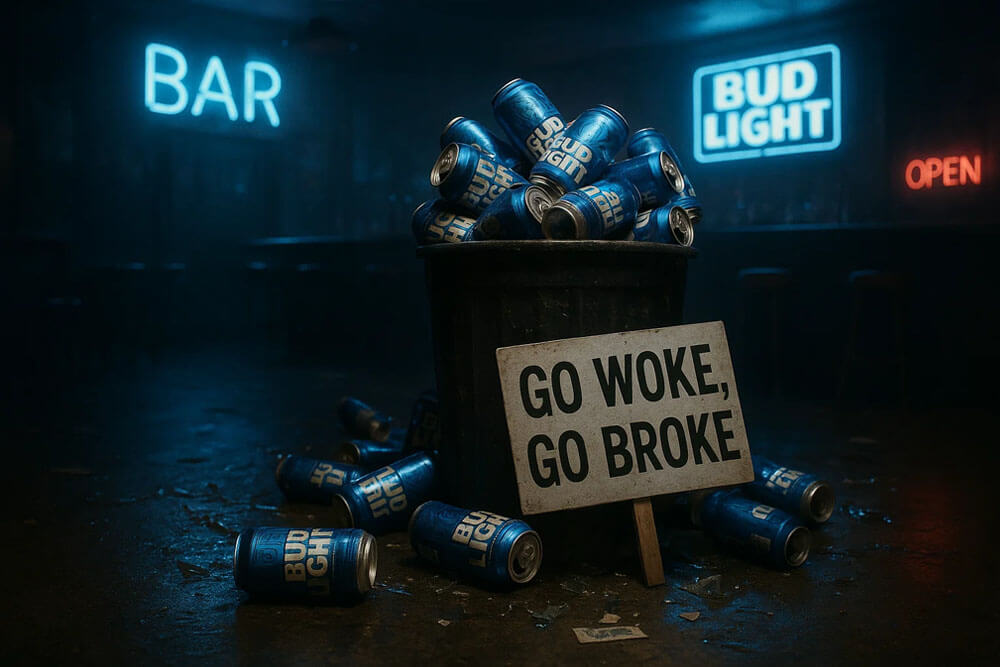
Ion’s so-called “flexible vision” is the final stage of this long-planned cultural coup. The community did not change on its own; Blizzard changed it on purpose. And when the original male community left — pushed out and scolded — Blizzard had the gall to blame them for abandoning the game, all while celebrating their orchestrated replacements as evidence of “progress.”
By Ion’s own admission, the old heroic vision was sacrificed to serve a transient cultural moment. The mythic world that once challenged players to rise was replaced by a therapeutic playground designed to reflect the anxieties and slogans of the corporate elite. This was not evolution. It was surrender.
A Note on Talent Respecs and Player Flexibility
In fairness, Ion’s example of players grinding gold in WoW Classic to swap specs is one of the few areas where “meeting players where they are” might seem reasonable. It reflects a real behavioral shift, and on its own, it feels like a pragmatic design adjustment. It shows that some design tweaks can emerge from genuine player behavior rather than pure ideology.
But the problem with this philosophy is that it invites players — not designers — to dictate the rules of the world. It transforms mythic realms into customer service desks. And it sets the precedent that the audience is always right, even when what they want erodes the very soul of the game.
What begins as a minor quality-of-life accommodation can metastasize into a complete ideological capture. This is how the seemingly harmless logic of “meeting players where they are” paved the way for the entire “modern audience” ideology to hijack and ultimately hollow out Azeroth.
By acknowledging this nuance, we see that while some adjustments may seem benign, the overall design philosophy remains deeply dangerous when it becomes the primary compass for an entire living world.
Why Ion Couldn’t Utter the Truth About WoW Classic
Ion didn’t fail to see the real lesson of WoW Classic — he simply couldn’t say it out loud. To acknowledge that Classic succeeded because it preserved masculine camaraderie, mythic challenge, and tribal brotherhood would be to confess Blizzard’s ideological betrayal.
It would mean admitting that the original warrior ethos, not modern inclusivity slogans, was the true lifeblood of Azeroth. It would implicate leadership like Mike Morhaime, who deliberately sought to dilute and replace that audience. It would force Blizzard to confront the fact that the “modern audience” they covet is an illusion — a phantom that does not play deeply, does not stay, and cannot sustain a living world.
Finally, saying the truth would mean personal and professional exile. Ion knows he would be labeled “toxic,” “regressive,” and “unsafe” by the corporate priesthood. His career would end overnight, joining the ranks of other white male devs purged for daring to resist.
He didn’t fail to see it. He dared not say it. And that is the most revealing betrayal of all.
The Lie of “Players Changed” — And Ion Knows It
Ion’s Malmö talk clings to the narrative that “players changed,” that they simply wanted different gameplay loops or easier access. But this is a lie of omission. Players didn’t fundamentally change; the game — and the company behind it — betrayed them. The players only “changed” because the core demographic — men — were orphaned and cast out. They were told they no longer belonged in the world they had built, so they left or adapted into something lesser to survive. The same men who once stayed up all night grinding for their Thunderfury didn’t suddenly become casual dopamine chasers. They were pushed out by designers and executives who treated their core identity as an embarrassment to be replaced, not a culture to be celebrated.
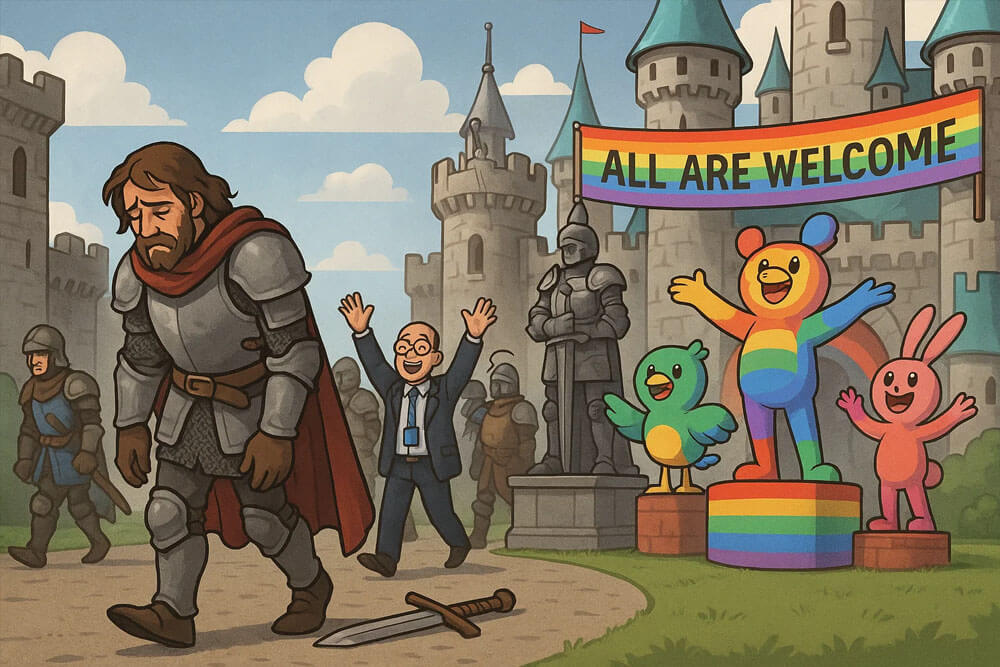
And let’s be clear: Ion knows this. In his heart of hearts, he understands exactly what has been lost. But he dares not offend his overlords at Blizzard, Activision, and Microsoft. The careerist priesthood demands obedience to the new moral order. Ion bows, recites the approved lines, and deflects — because telling the truth would mean professional exile, joining the ranks of the other white male devs who have been terminated or publicly humiliated for stepping out of line
The Final Verdict
WoW Classic succeeded not because of its clunky talent trees or extreme challenge but because it rejected Blizzard’s cultural capture. It offered a place where myth still reigned, where adventure was an end in itself, and where players could be heroes without a lecture. That is the real “desire path” Ion refuses to see — the path away from ideological scolding and toward the timeless joy of heroic fantasy.
WoW Classic wasn’t a technical success story; it was a cultural exodus. A defiant middle finger to the self-righteous managers and narrative commissars who hollowed out the soul of Azeroth. And it stands today as living proof that when you betray your audience’s core values, they will find a way home — even if you refuse to follow them.
Blizzard’s leadership believes they have traded an outdated male warrior brotherhood for a modern, inclusive audience. But this “modern audience” is an illusion — a phantom demographic invented in boardrooms and ResetEra echo chambers. They do not play deeply, they do not stay, and they cannot sustain a living world. Ion’s confidence on stage is not the poise of a visionary; it is the smugness of a caretaker presiding over a slow, self-inflicted collapse.
Azeroth was never meant to be a globalist theme park or a DEI exhibit. It was meant to be a mythic world where men could strive, fail, grow, and triumph. When you destroy the myth to chase the mirage of moral fashion, you are left with nothing but empty ruins.
Ion can smile and talk about “evolving communities” all he wants, but history — and the ghostly halls of retail WoW — will judge him. And the players who left? They were never the problem. They were the soul.
—Wolfshead



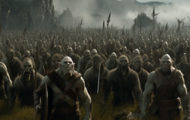

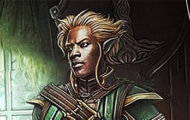
I was also not a fan of WoW Classic, but perhaps WoW nowadays is already too woke and broken beyond repair. All the talent working on WoW Classic could shape the future of a better WoW, but well, it is what it is.
The terrible thing is, Holly Longdale on WoW Classic. Just wait for the Rainbow Pandaren and similar stuff to come…!
Arathi, the Wokeanda of WoW… oh my. Their new plots and storyline are garbage, Warlords of Draenor and Legion were the last time I thought they can still keep it up.
Battle for Azeroth, Shadowlands, … no idea how that Dracthyr stuff worked out. I had given up at this point already.
The latest thing is the “Single-Button-Assistant”. Supposedly better than most players, funnily…^^
Hazzikostas and his team cannot create a better WoW, even less so with all their woke masters in charge. The new president of Blizzard is the smiling face of the triumph of wokeness. Blizzard is done, even Metzen is now part of the machine, for worse.
I am worried they improve Old WoW beyond recognition. I personally have no desire to return, old memories might return, but I was younger, my friends still playing, it was an entirely different time. I do not think one can bring back time.
I am looking forward to the future of gaming, the battle against wokeness is still raging, but some victories have been achieved.
I hope the next big MMO experience doesn’t come when I am too old and bitter! 🙂
I’m surprised people play Classic WoW and still want to give their money to Activision-Microsoft rather than playing on private Vanilla WoW servers where they don’t have to pay or can optionally donate for support.
This smells of Stockholm Syndrome – they don’t like Retail, but they are still willing to financially support what makes Retail not desirable for them. I have played Classic WoW only in 2019 for a few months and then cancelled my subscription and deleted my account. I don’t know how it has changed, I only know they removed the Afrasiabi NPC from Stormwind, because they thought it made them look bad.
I don’t know what other changes they’ve made since then and I suspect there are a lot of small subtle changes that have woke DEI agenda in there.
The first time I noticed something like this was in 2018 when I played the Morrowind Chapter for ESO and I did some quest for some female Dunmer and she was talking about “her wife”. This is when I started noticing those things and almost immediately my desire to play ESO disappeared. Not that the game is in a great state and only those things are making me not want to play it, it’s actually pretty bad gameplay and enjoyment-wise even without them.
Retail WoW, even without all the woke DEI things still doesn’t feel like WoW to me at all. Like a completely different game that wears a WoW costume. Even before I knew about “wokeness” or what it meant, I still didn’t like all the changes in Retail that made the game unrecognizable.
MMOs used to mean excitement and fun for me, but after seeing so much disappointment, I no longer care about them. I don’t even try the new ones that release. I only watch Character Creation videos to see if they have Male/Female or Body Type 1/2. If they are normal, I might consider playing them in the future, but I usually forget about them and when I remember or am reminded of them it’s when they are doing bad or shutting down.